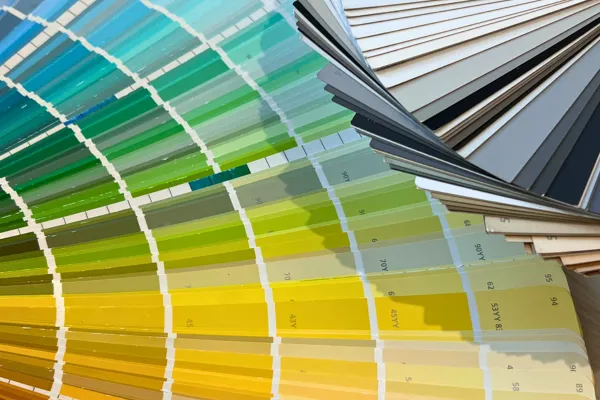
How to Choose the Right Paper Stock for Your Print Project
Why Paper Choice Can Make Or Break Your Design:
When it comes to professional printing, design and color often steal the spotlight — but paper stock is what truly brings your project to life. The feel, thickness, and finish of your paper all send subtle signals about your brand’s quality and attention to detail. Whether you’re printing business cards, brochures, menus or mailers, choosing the right paper stock can transform an average piece into something unforgettable.
At Elite Printing Group, we help businesses match the perfect paper to their purpose, ensuring every project looks as good as it performs.
1. Understand Paper Weight And Thickness
Paper “weight” refers to how thick and sturdy the paper feels — it’s measured in pounds (lb) or grams per square meter (gsm).
Text Weight (60–100 lb): Lightweight and flexible, great for flyers, letterheads, and brochures.
Cover Weight (80–130 lb): Thicker and more rigid — ideal for business cards, postcards, and premium invitations.
Cardstock (100 lb+): Offers a durable, high-end feel for packaging, hang tags, and high-impact marketing materials.
Pro tip: Heavier paper stocks not only feel more professional but also resist curling and creasing better during handling or mailing.
2. Choose The Right Finish: Glossy, Matte, Or Uncoated
The finish of your paper determines both appearance and texture:
Gloss: Vibrant and reflective — perfect for photos, catalogs, and marketing pieces that need color pop.
Matte: Smooth and elegant with minimal glare — great for text-heavy designs like brochures or booklets.
Uncoated: Natural, tactile feel — ideal for letterheads, stationery, or eco-friendly brands seeking authenticity.
At Elite Printing Group, we often recommend matte finishes for versatility, as they strike a balance between polish and readability.
3. Think About Your Brand Personality
Your paper choice should align with your brand image. For example:
A tech company might prefer a sleek, satin-coated stock that reflects innovation.
A boutique or artisan brand could benefit from textured or recycled paper that feels handcrafted.
A restaurant might use coated stock for menus to make them more durable and wipe-resistant.
Every detail — even the feel of your business card — contributes to how customers perceive your brand.
4. Consider Function And Durability
Where will your print material be used?
Mailers need durability to survive shipping.
Menus require stain resistance.
Event flyers should balance cost and portability.
For projects that get handled frequently, a heavier weight or laminated finish adds longevity without losing appeal.
5. Don’t Forget Sustainability
Eco-friendly printing has become more accessible than ever. Recycled paper, soy-based inks, and locally sourced materials reduce environmental impact while maintaining premium quality. At Elite Printing Group, we offer a variety of sustainable options that allow your brand to look great and stay green.
Final Thoughts
Choosing the right paper stock isn’t just a technical decision — it’s a strategic one. The right choice enhances your message, strengthens your brand identity, and ensures your finished product leaves a lasting impression.
Whether you’re unsure between gloss and matte or need guidance on specialty textures, Elite Printing Group can help you select the perfect stock for any project.

